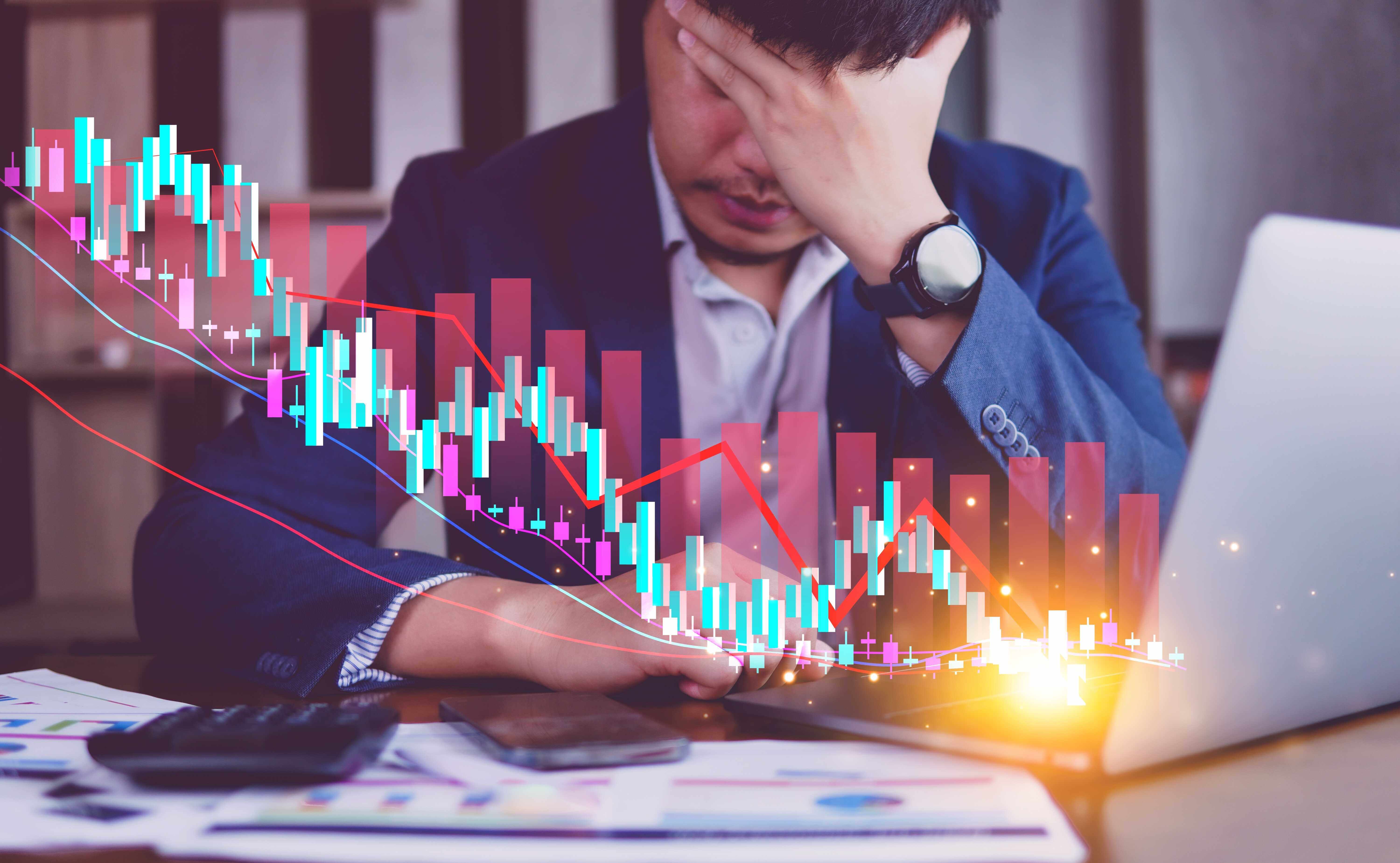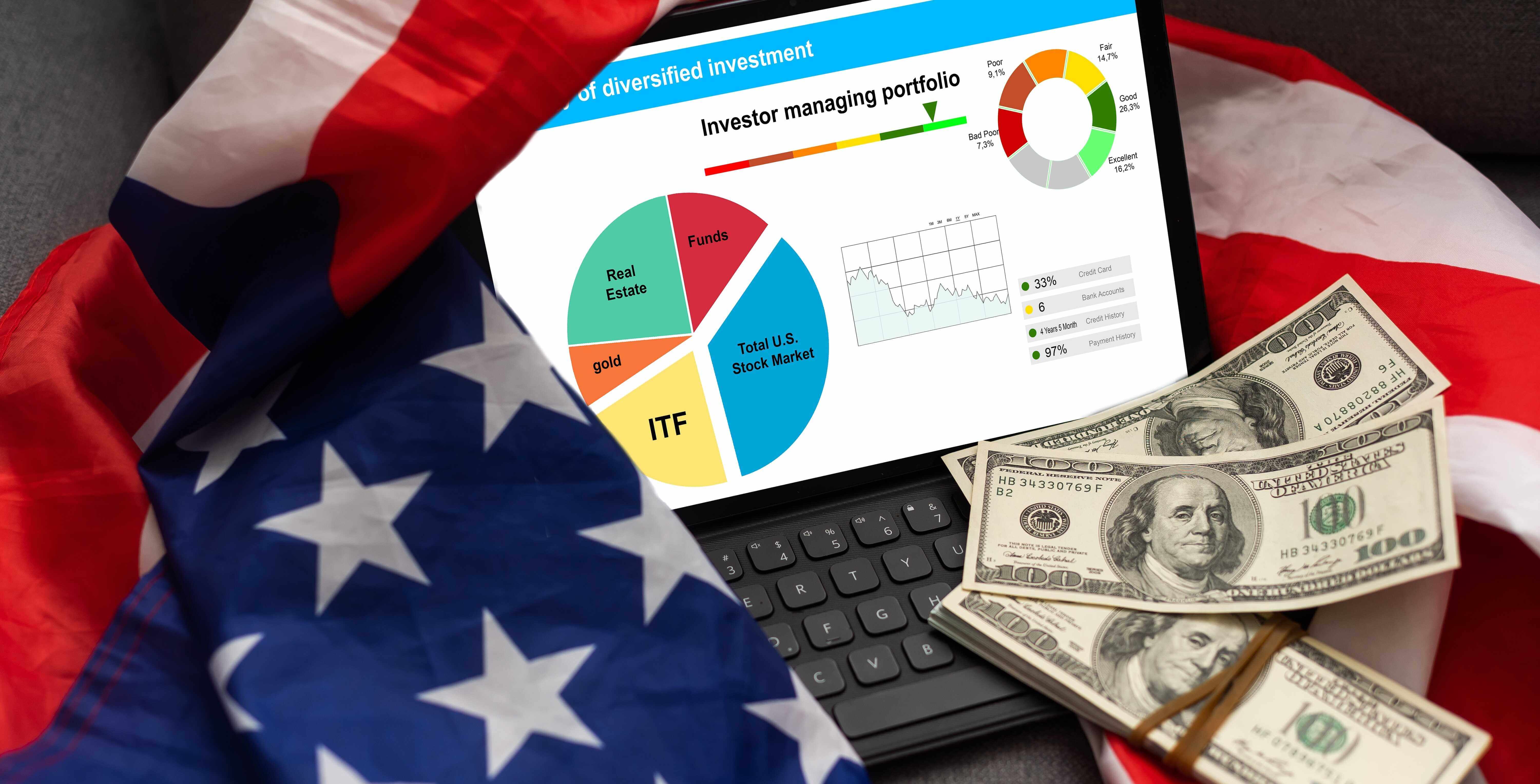3 Dividend Stocks To Double Up On Right Now

Dividends are one of the best sources of passive income you can receive. The good news is that numerous stocks not only pay quarterly dividends but have also steadily increased their payouts over time. By accumulating dividend stocks, you can slowly but steadily build up an increasing flow of passive income that you can rely on to supplement your earned income. These dividends can also help you sustain your lifestyle once you retire.
The key to finding dependable dividend stocks is to look for companies with sturdy business models, strong brands, and dominant positions that allow them to churn out copious amounts of free cash flow. Their revenue and profit growth may not be impressive and may fluctuate along with the economy, but with their consistent free cash flow generation, they probably will continue increasing their dividends for the foreseeable future.
Where to invest $1,000 right now? Our analyst team just revealed what they believe are the 10 best stocks to buy right now. See the 10 stocks »
Image source: Getty Images.
PepsiCo
PepsiCo (NASDAQ: PEP) sells a wide range of soft drinks, energy drinks, and snack foods in more than 200 countries around the world under famous brands such as Pepsi-Cola, Mountain Dew, Gatorade, Doritos, and Lay's. PepsiCo has demonstrated robust growth in its revenue and net income in recent years.
| Metric | 2021 | 2022 | 2023 |
|---|---|---|---|
| Revenue | $79.474 billion | $86.293 billion | $91.471 billion |
| Net income | $7.618 billion | $8.910 billion | $9.074 billion |
| Free cash flow | $6.991 billion | $5.604 billion | $7.924 billion |
Data source: PepsiCo.
More importantly, PepsiCo's free cash flow rose over this period, going from close to $7 billion to $7.9 billion in 2023. 2022 saw PepsiCo's free cash flow dip mainly because of higher working capital requirements as the company maintained higher receivables and inventory balances. Free cash flow then bounced back strongly again in 2023.
PepsiCo has increased its quarterly dividend payment almost 10-fold from $0.14 per share to $1.355 over 23 years, for a solid compound annual growth rate of 10.4%. PepsiCo's dividend yield currently stands at 3.6%, which is nearly triple that of the 1.3% offered by the S&P 500 index.
The company continued its growth in the first nine months of 2024. Revenue inched up 0.7% year over year to $64.1 billion while operating income rose 3.2% year over year to $10.6 billion. Net income rose 3.6% to $8.1 billion in the nine months and PepsiCo generated $3.4 billion of free cash flow for the period, giving investors confidence that it can carry on increasing its dividends.
Chief Executive Officer Ramon Laguarta was quoted in company documents in early October saying that PepsiCo would continue to invest in marketing and brand-building initiatives to stimulate consumer demand. In addition, the company will invest in improving productivity and efficiency to enhance productivity and help to improve overall margins.
For the full 2024 -- which the company plans to report on on Tuesday -- the business expects a low-single-digit percentage increase in organic revenue and at least an 8% increase in earnings per share.
PepsiCo is also acquiring to grow its business. In mid-January it completed its acquisition of Siete Foods, a company that produces Mexican-American foods, for $1.2 billion. Siete products include grain-free tortillas, enchilada sauces, taco seasonings, Mexican cookies, vegan beans, tortilla chips, potato chips, and salsas. Late last year, PepsiCo bought out its partners' stakes in a pair of joint ventures, Sabra and Obela, which manufacture, distribute, and sell refrigerated dips and spreads. These moves should further bolster PepsiCo's portfolio and enable it to increase sales over time. Meanwhile, investors can look forward to continued dividend increases as PepsiCo's brands pull their weight and help the business to generate continued free cash flow.
Kimberly-Clark
Kimberly-Clark (NYSE: KMB) is a consumer goods giant that manufactures and sells a variety of feminine hygiene, personal care, and infant care products under famous brand names such as Cottonelle, Huggies, Kleenex, and Kotex. Its revenues increased steadily from 2021 to 2023.
| Metric | 2021 | 2022 | 2023 |
|---|---|---|---|
| Revenue | $19.440 billion | $20.175 billion | $20.431 billion |
| Net income | $1.814 billion | $1.934 billion | $1.764 billion |
| Free cash flow | $1.723 billion | $1.857 billion | $2.776 billion |
Data source: Kimberly-Clark.
Net income fell from 2021 to 2023, but this was because of a $658 million impairment on intangible assets booked in 2023. Excluding this impairment, net income for 2023 would have been $2.422 billion.
Once again, the crucial metric to look at is free cash flow, which has been steadily increasing. The company's consistent free cash flow generation has allowed it to make 90 consecutive years of dividend payments to shareholders.
The business boasts an impressive 53-year streak of consecutive dividend increases. The newly announced quarterly dividend of $1.26 works out to an annual dividend of $5.04 per share, which translates to about a 3.8% forward dividend yield at the current stock price, slightly better than PepsiCo and also nearly three times that offered by the S&P 500 index.
But there's even better news for dividend investors. Kimberly-Clark this week reported 2024 results that saw continued free cash flow generation.
Net sales dipped by 1.8% year over year to $20 billion, but gross profit edged up 2.1% to $7.2 billion. Adjusting for impairment losses in both years as the consumer giant executes its transformation initiatives, operating income would have risen by 10.2% to $3.3 billion while net income would have been 9.1% higher at $2.6 billion.
Free cash flow was once again positive and stood at $2.5 billion for 2024, allowing the company to raise its quarterly dividend for the 53rd consecutive year to $1.26 per share.
Kimberly-Clark is using e-commerce to help expand its customer base and determine which products or brands customers are using more often. This move is part of the company's digital transformation strategy that will see it acquiring customers using data-driven targeting and then tailoring its offerings to consumer preferences. Using such insights, the business can then increase the customer's average basket size while maintaining loyalty. This new operating model also helps to improve speed and scale and allows the company to focus on market segments with the best long-term potential. These digital improvements should translate into higher revenue and profit in the coming years, which means the company will have the ability to continue raising its dividends for many more years to come.
Hormel Foods
Hormel Foods (NYSE: HRL) is a food-processing company that offers a wide range of packaged and refrigerated foods, such as ham, sausage, chicken, beef, and lamb, under brands such as Applegate, Burke, Austin Blues, and Natural Choice. The company saw its revenue and net income decline from fiscal 2022 to fiscal 2024 as inflation led to higher expenses.
However, Hormel Foods managed to increase its free cash flow steadily over this period from $856 million to more than $1 billion.
| Metric | Fiscal 2022 | Fiscal 2023 | Fiscal 2024 |
|---|---|---|---|
| Revenue | $12.459 billion | $12.110 billion | $11.921 billion |
| Net income | $999.9 million | $793.6 million | $805 million |
| Free cash flow | $856.1 million | $777.6 million | $1.01 billion |
Data source: Hormel Foods. Hormel's fiscal years end Oct. 31.
Its consistent free cash flow generation has enabled the company to achieve a stunning 59 consecutive years of dividend increases along with 96 straight years of paying dividends. In just the last decade, it has more than doubled its annual dividend per share from $0.50 to $1.16, a compound annual growth rate of 9%. Hormel Foods' shares are yielding 3.8% right now, similar to what Kimberly-Clark is offering, and this yield looks set to rise even further as the food processing company is in good shape to increase its dividend year by year.
There could be more to come from the food processing company. Under its "Transform and Modernize" initiative, management plans to improve supply chain efficiency and improve its operating income. There are early signs of success with $75 million in cost savings achieved for fiscal 2024 under its "Buy, Make & Move" plan.
The plan involves sourcing from different vendors to reduce the cost of goods while improving the procurement process. The company also plans to standardize ways of working to improve yields and increase capacity. Finally, logistics and warehousing will be optimized to lower overall costs. These initiatives are expected to result in an additional $100 million to $150 million in cost savings, which will flow directly to operating income.
Over the long term, the benefits derived from "Transform and Modernize" will fuel incremental investments to drive further business growth, creating a virtuous cycle that should see Hormel Foods increase its earnings and free cash flow. The company looks set to continue its near six-decade streak of dividend increases if this plan can be executed successfully.
Don’t miss this second chance at a potentially lucrative opportunity
Ever feel like you missed the boat in buying the most successful stocks? Then you’ll want to hear this.
On rare occasions, our expert team of analysts issues a “Double Down” stock recommendation for companies that they think are about to pop. If you’re worried you’ve already missed your chance to invest, now is the best time to buy before it’s too late. And the numbers speak for themselves:
- Nvidia: if you invested $1,000 when we doubled down in 2009, you’d have $323,219!*
- Apple: if you invested $1,000 when we doubled down in 2008, you’d have $44,996!*
- Netflix: if you invested $1,000 when we doubled down in 2004, you’d have $524,860!*
Right now, we’re issuing “Double Down” alerts for three incredible companies, and there may not be another chance like this anytime soon.
*Stock Advisor returns as of January 27, 2025
Royston Yang has no position in any of the stocks mentioned. The Motley Fool has no position in any of the stocks mentioned. The Motley Fool has a disclosure policy.


